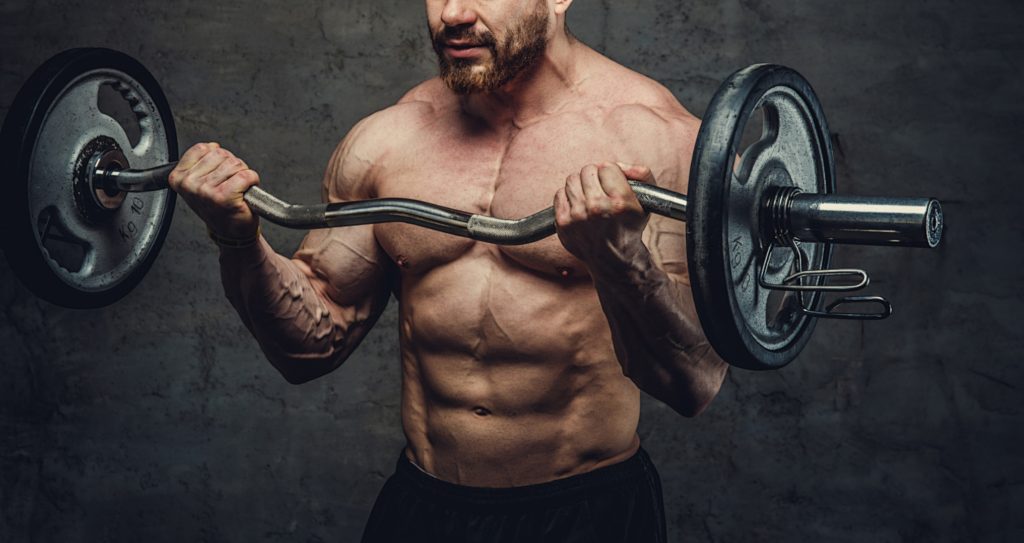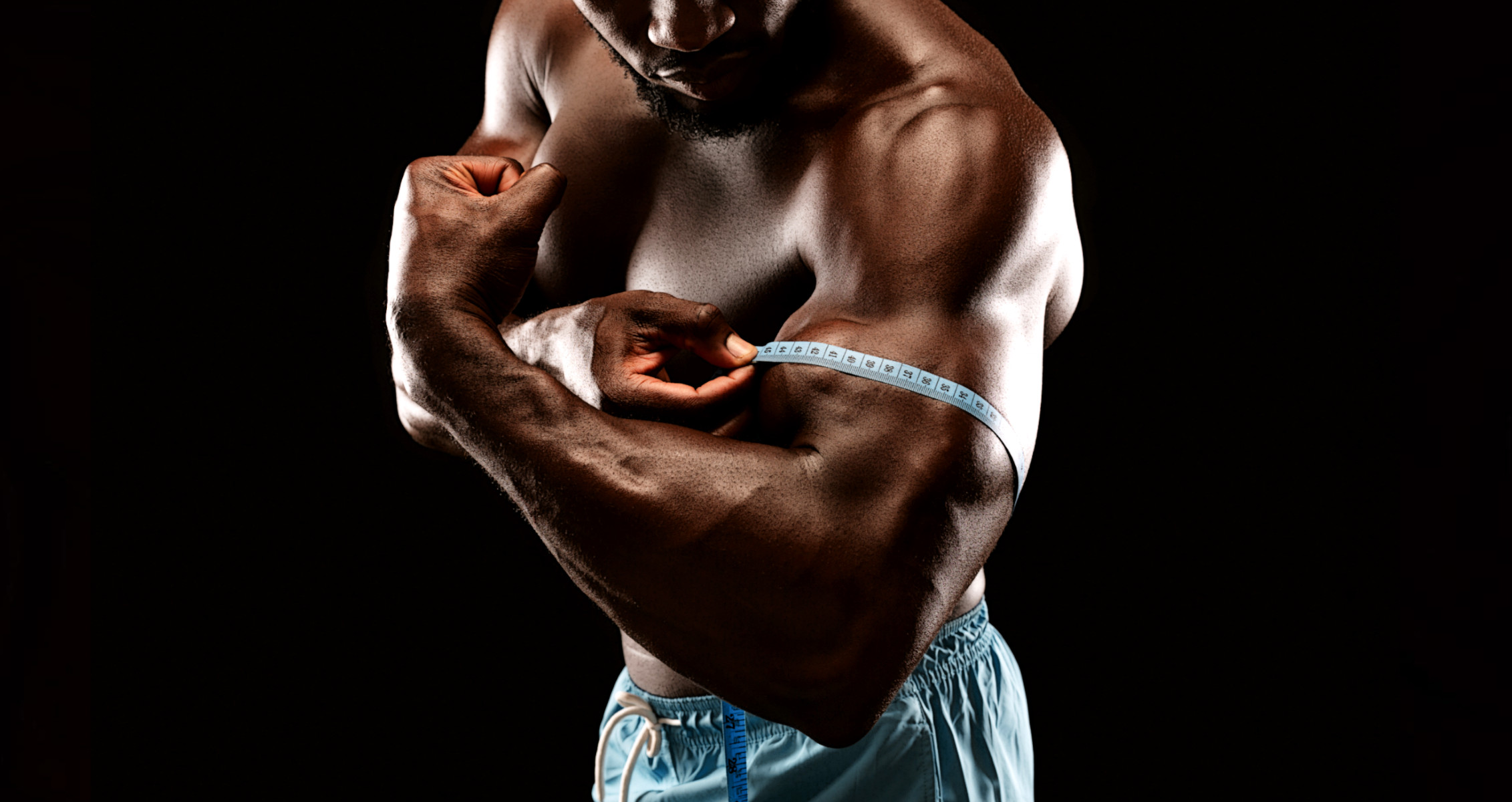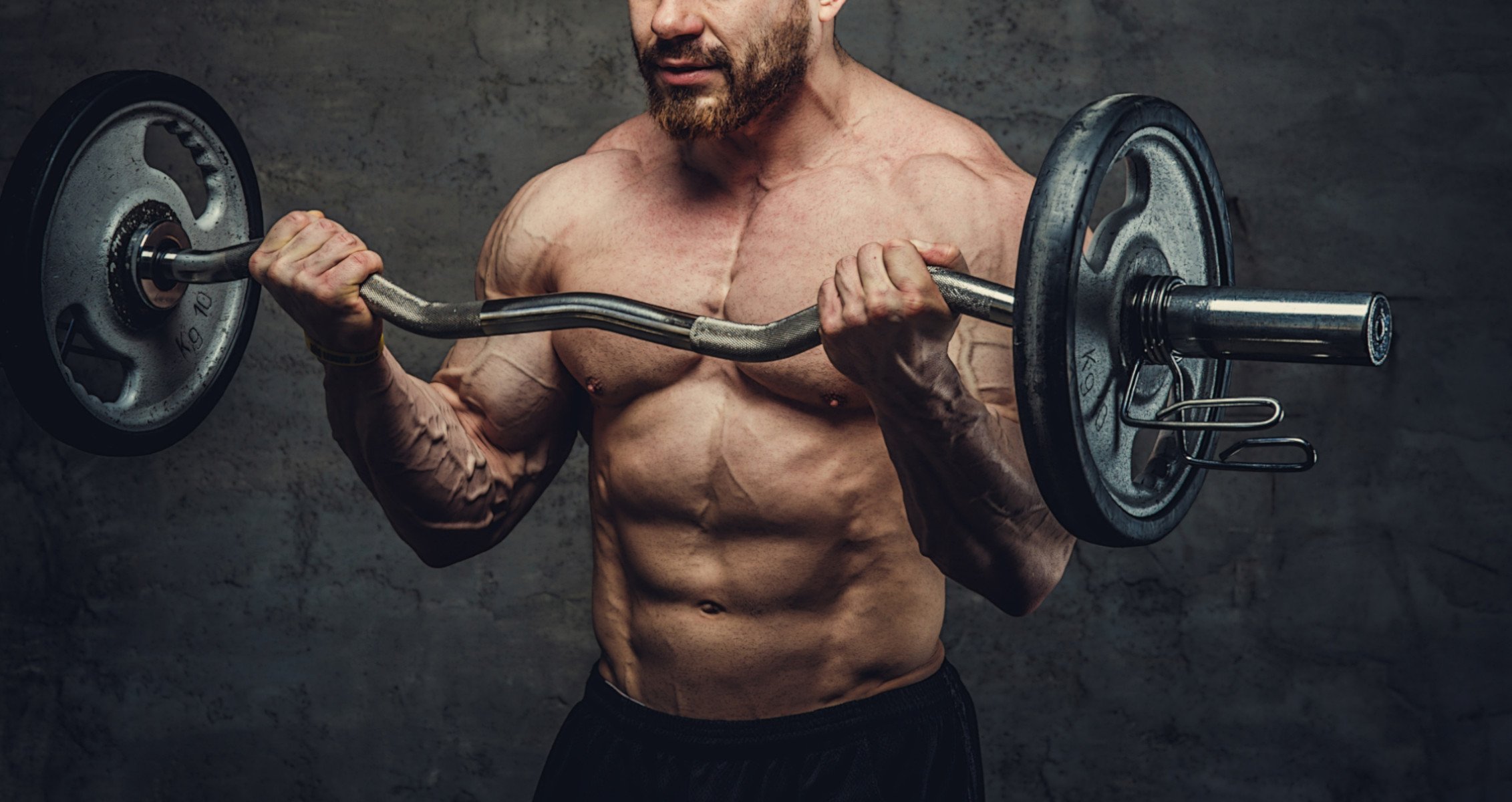Bulking For the Summer
So I hear you want to get jacked for the summer huh? You want that juicy tan body that gets you mistaken for a dreamy lifeguard. Don’t lie, we all want that.
Well, as cliché as it sounds, summer bodies are made in the winter. We’re technically in the middle of winter, so this is a great time to slap on some muscle.
Assuming you’re lean, this isn’t the time to diet or train like a wimp. This is the time to expand your muscle tissue so veins are gorged in blood and your muscles get a zip code of their own.
The last thing you want is to get cut for summer, realizing your frame has little to no muscle. That’s not beach ready. That’s a disappointment.
Harsh I know, but I’m trying to help you here, so let’s go over how to bulk your way to a more muscular summer.
Starting body fat percentages
There’s much controversy about what body fat is ideal to bulk. In competitors after a show, research finds that they are almost always prone to fat gain likely due to a highly unfavorable hormonal profile (1).
That being said, most people don’t compete and have the opposite problem.
They bulk when they’re too chubby. Men in particular notoriously underestimate their body fat and convince themselves of bulking.
Big mistake. Fat tissue is inflammatory and research finds additional calories will simply spill over to more fat (2,3). Not to mention, being chubby isn’t too healthy.
So, in general, men should get under 15-16% body fat and women should get under 25-26% body fat before bulking. If you’re not sure where you’re at, it’s okay. Simply jump up and down 5 times. If there’s lots of squishiness flopping around, you’re not lean enough yet. Again, harsh reality, I know, but you needed to hear it.
 Calorie Surplus
Calorie Surplus
All this being said, if you’re in position to bulk, you have to actually bulk. This means if you’re lean enough, you have to eat in a caloric surplus. By definition, you will gain weight. You must accept this. And if that’s too uncomfortable to hear, brace yourselves for what’s next.
You not only have to gain weight, but to maximize your bulk, you have to gain body fat.
This doesn’t mean you’ll balloon up like an Oompa Loompa injected with an IV of peanut butter, but it does mean you’ll have to be okay with getting a bit fluffy.
Especially for lean and more advanced individuals, growing noticeable muscle size comes down to staying in surplus (4).
Aim for a 300-500 calorie surplus. If you don’t gain weight on average after a week, add 200 more calories.
Macros for Bulking
Your macros for bulking are essentially the same as your macros during a cut. You have more calories, so you have even more flexibility.
The most important macro is still protein. It’s the raw building block to your muscles. Just like you can’t build a building material, protein is physical bricks, your body will take and slap onto your biceps and shoulders.
A protein intake of about 0.8-1 gram per pound of bodyweight is plenty to maximize muscle growth.
Carbs and fat are less important, so as long as you don’t completely avoid them, you’ll reap the benefits. Carbs fuel your training and can help with sleep. Fat drives hormone production and aids in nutrient absorption.
Ketogenic diets or extremely low-fat diets are suboptimal choices for bulking. Eat both fat and carbs within your remaining calories.
Train Progressively
Food provides the material, but we need to stimulate muscle growth. In other words, we need to signal to the body to grab these materials (protein/calories) and construct something awesome (aka bigger muscle).
This process is driven by mechanical tension. By lifting weights, your muscles produce force. The more force and therefore tension occurs, the more growth will be stimulated. So if you can go from squatting 135 for 8 to squatting 235 for 8, you better believe your legs and glutes will grow.
Without this process of increasing your performance, you have no tangible way to predict muscle growth.
Physiologically, if you don’t stimulate muscle growth and you decide to eat in a surplus, those calories still have to be stored. They will be converted to body fat which will set you back from your summer body.
This is why it’s so crucial to not only strength train, but strength train progressively. You have to give your body a reason to grow. The training has to be hard and your performance should slowly increase.
For those training at home with limited equipment, you have to get more creative. If you don’t have bigger weights, you have to continually do more reps or progress exercises to make them harder.
Daily Monitoring
So a successful bulk starts lean and builds slowly. Building a pound of muscle is far harder than losing a pound of fat.
Similarly, building a house takes longer than tearing one down. Be patient, but don’t be blind. You will have to monitor yourself across the bulk to ensure things are going smoothly.
Weigh in daily to see if you’re gaining weight. If you’re not gaining a decimal across weeks, you’re not bulking, you’re maintaining. In addition, you should be taking weekly waist measurements. This is a proxy for fat gain. It’s okay if waist measurements go up as we mentioned fat gain is normal, but it should not be quickly.
Based on these metrics, you can adjust your training volume to increase muscle growth or adjust calories to prevent excess fat gain.
The sweet spot you want is where your surplus is packing on as much weight gain as possible with as little waist measurement gain as possible. In general, this will be at a rate of 0.25-0.5% of bodyweight per week.
It will feel slow, but great things don’t happen to impatient lifters.
Post Bulk Instructions
Once you finish your bulk which should be at a minimum of a few months, you will feel bigger. Your hormones will likely be higher too thanks to more nutrients nourishing your body.
Now it’s a matter of timing your cut for the summer. You can start towards the end of spring. The more aggressive your deficit, the faster you’ll reveal your summer body. Regardless, if you do things right, you will look better than you did the previous year.
You should be around the same leanness, but at higher body weight with more muscle. Congratulations, you’ve made it. Enjoy the BBQ parties, take beach pictures, or flex your guns by the pool. Rinse and repeat every year after year for even more epicness.
References
- Iraki, Juma, et al. “Nutrition Recommendations for Bodybuilders in the Off-Season: A Narrative Review.” Sports (Basel, Switzerland), MDPI, 26 June 2019, www.ncbi.nlm.nih.gov/pmc/articles/PMC6680710/.
- Beals . “Altered Anabolic Signalling and Reduced Stimulation of Myofibrillar Protein Synthesis after Feeding and Resistance Exercise in People with Obesity.” The Journal of Physiology, U.S. National Library of Medicine, pubmed.ncbi.nlm.nih.gov/30113718/.
- GB;, Forbes. “Body Fat Content Influences the Body Composition Response to Nutrition and Exercise.” Annals of the New York Academy of Sciences, U.S. National Library of Medicine, pubmed.ncbi.nlm.nih.gov/10865771/.
- Slater, Gary John, et al. “Is an Energy Surplus Required to Maximize Skeletal Muscle Hypertrophy Associated With Resistance Training.” Frontiers, Frontiers, 2 Aug. 2019, www.frontiersin.org/articles/10.3389/fnut.2019.00131/full.

 Calorie Surplus
Calorie Surplus







